We’ll explain the different types of dark circles, why they appear, and whether you can get rid of them.
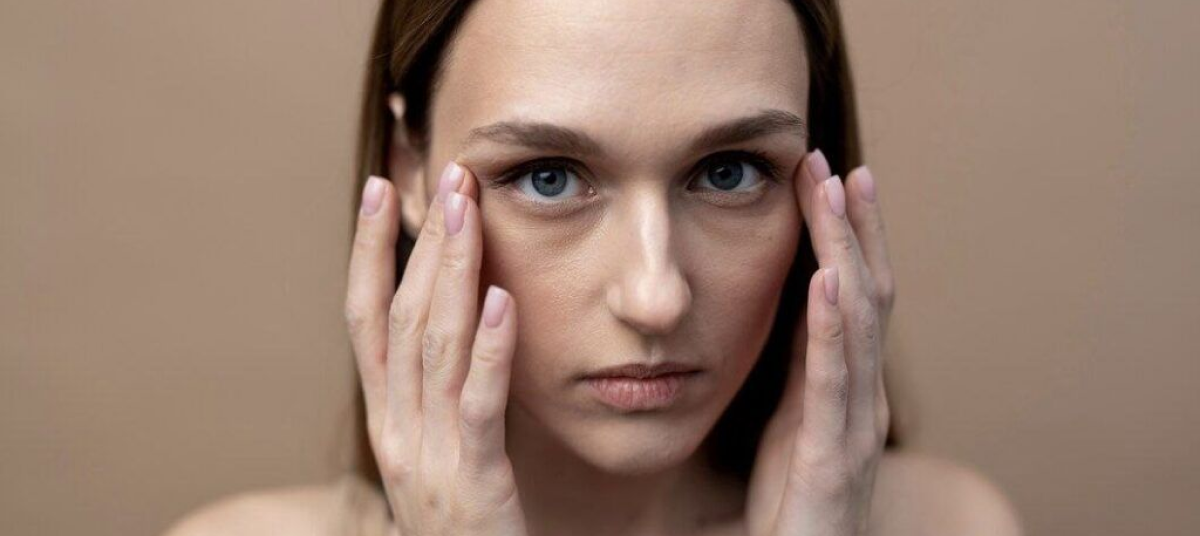
Dark Circles Under the Eyes: What to Do?
Dark circles under the eyes are often a major concern for women. And it’s no surprise—on social media and in advertisements, we’re used to seeing flawless skin and radiant eyes, so we want to eliminate that bluish tint under our eyes as quickly as possible. And of course, it’s frustrating when a cream or eye patches that promise magic turn out to be disappointing once again.
So, how can you get rid of pigmentation around the eyes? And is it even possible?
Let’s break it down!
What Types of Dark Circles Exist?
Oh yes, not all dark circles are the same, and their causes can vary greatly. Let’s break them down by color.
- Blue or purple – These are most often linked to genetics and anatomical features. If you have thin, fair skin, it’s natural that the numerous blood vessels in this area will be visible. These circles usually appear from childhood and don’t completely disappear, even if you get plenty of sleep.
- Brown or yellowish – Caused by hyperpigmentation. Excess melanin in this area can be an inherited trait or the result of UV exposure. The darker your skin tone, the more prone you are to this type of dark circles.
- Gray or “tired-looking” – These appear due to stress, lack of sleep, or poor microcirculation. If blood flow around the eyes slows down, it causes blood stagnation, giving the skin a dull shade.
- With puffiness – When dark circles are accompanied by swelling. The reasons can vary—from fatigue and poor diet to lymphatic drainage issues.
Why Do They Appear?
There are many reasons, and not all of them depend on your lifestyle.
- Genetics and anatomy
Thin skin, fair complexion, closely positioned blood vessels—if this is your feature, you won’t be able to radically change the situation. - Hyperpigmentation
If your dark circles have a brown or yellowish tint, the cause is likely excessive melanin production. Sun exposure often makes this worse. - Poor circulation
Slow blood and lymph flow in this area lead to stagnation, making dark circles more prominent. - Stress and lack of sleep
When you don’t get enough rest, your skin becomes paler, making blood vessels more visible. - Allergic reactions
If your eyes itch and you frequently rub them, this damages the delicate skin and triggers pigmentation. - Aging
Over time, skin loses collagen, becomes thinner, and the blood vessels underneath become more noticeable.
How to Get Rid of Dark Circles?
If the cause is genetic, don’t expect drastic changes. However, proper care can make the skin look brighter.
- If dark circles are caused by pigmentation, look for brightening ingredients.
- If poor circulation is the issue, try massage, caffeine-based products, and cooling eye patches.
What Actually Works?
Here’s a list of ingredients worth looking for in eye care products, especially if you want to address color concerns in this area:
- Vitamin C – Brightens, evens skin tone, and acts as an antioxidant.
- Niacinamide – Reduces pigmentation and strengthens the skin.
- Caffeine – Boosts microcirculation and reduces puffiness.
- Peptides – Strengthen the skin and minimize the appearance of blood vessels.
- Retinol – Stimulates collagen production, making skin firmer.
- Sunglasses and SPF – Protect against pigmentation.
Recommended products:
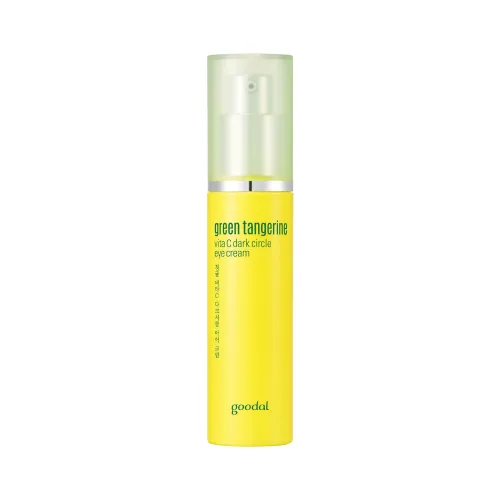
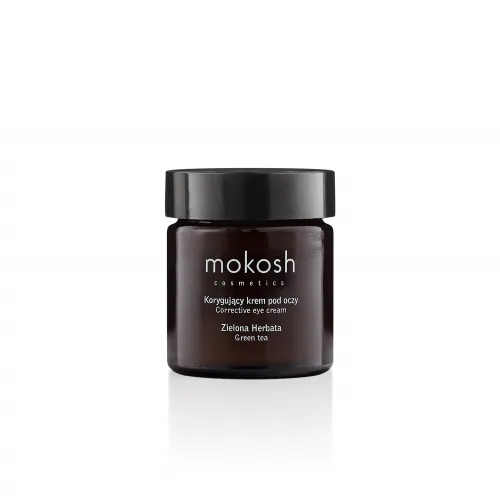
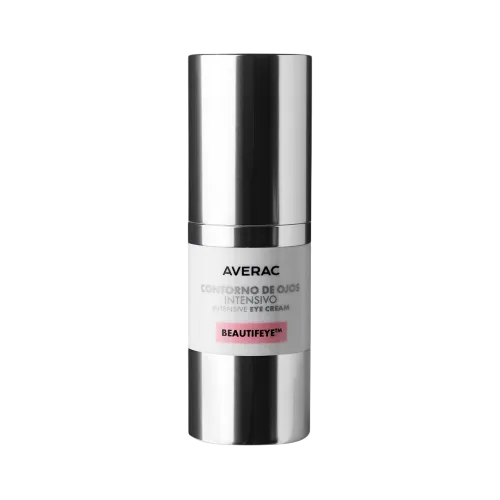
What Doesn’t Work?
- Creams that claim to “erase dark circles overnight” – These don’t exist.
- Miracle masks that “eliminate signs of fatigue” – They may have a temporary effect, but nothing permanent.
- DIY remedies like cucumbers, raw potatoes, or tea bags – They can refresh your look but won’t fix the root problem.
Important Things to Remember
- Don’t expect miracles from cosmetics. Dark circles may become less noticeable, but fully eliminating them is difficult.
- Gentle cleansing is key. Remove makeup carefully, avoiding excessive rubbing to prevent skin damage.
- Balanced skincare is essential. Use active ingredients in moderation to maintain the skin barrier.
Dark circles under the eyes are completely normal
Almost everyone has them. If they aren’t linked to health issues, there’s no real reason to stress over them. The best thing you can do is accept their existence and stop searching for magical solutions. Of course, the right skincare routine can improve the condition and appearance of the skin around your eyes and help prevent other unwanted issues (or at least significantly slow their development).

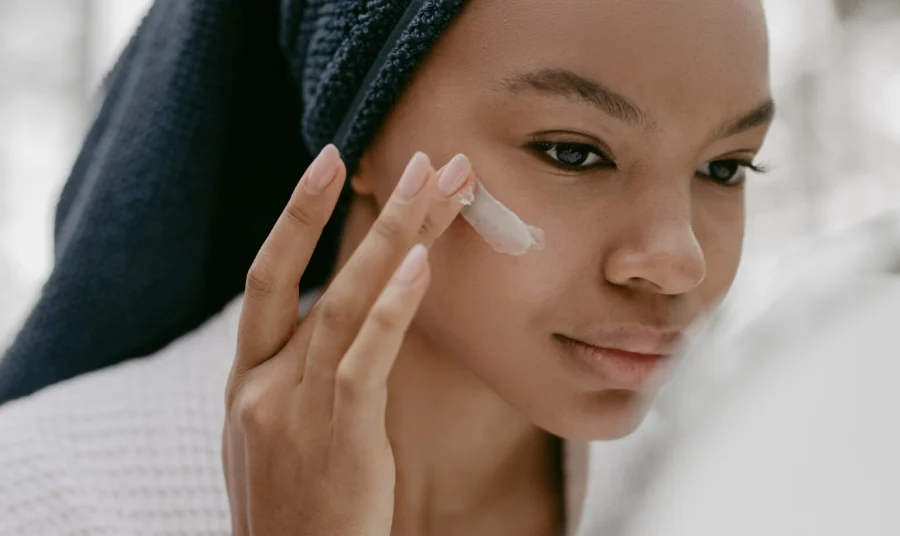
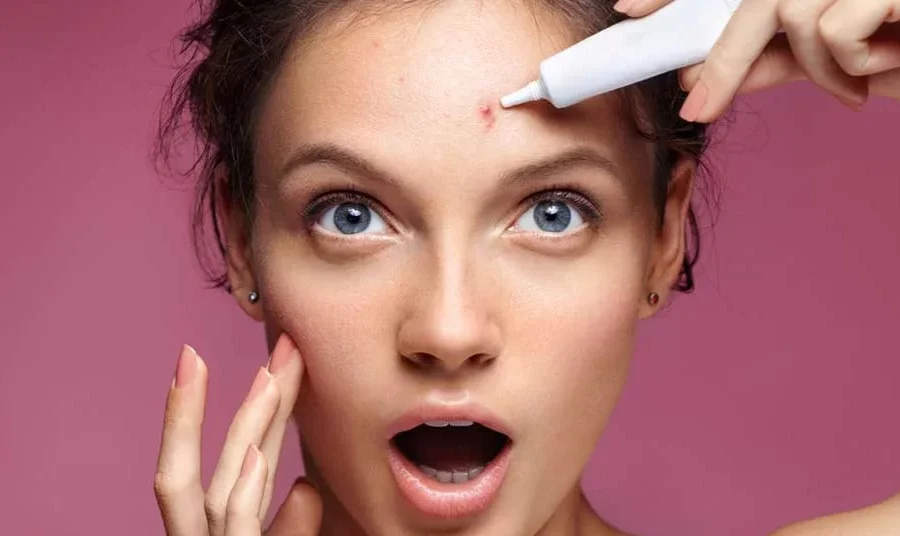
Leave a Comment